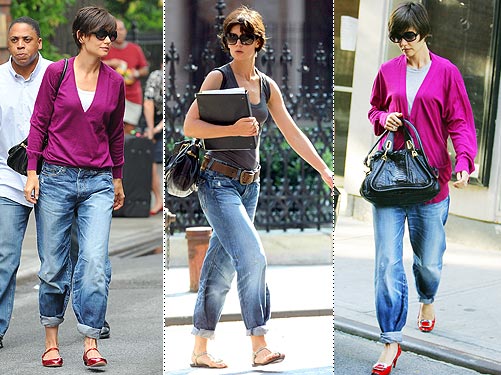After staring at the exhibit plan and object list trying to find some agreement between the space and number of objects, I think I've come up with an arraignment that may work for space and the objects. As you can see in the attached screenshot, I've included the ideal route the exhibit visitor would take. Each of the objects (represented by "Floor Planner's" rainbow-colored circular rugs), safely arranged behind the protective glass wall, progress through the 19th century. On the wall opposite the glass case are seven circular tables corresponding with the items behind the case (e.g. The first table will contain information about the first object, the second table with the second object, and so on). Although this looks to be a dizzying, circular motion, guests are still free cross between the benches sitting in the middle of the room.
My goal in featuring the 19th century items in this exhibit is to have exhibit visitors get a better sense of Philadelphia society through time-specific objects. This way, as the guests progress through objects, they're also progressing through time. Further informing their visit are the corresponding information tables. Initially, I thought these tables would include the exhibit cards. But it seemed a little backward to not have the exhibit captions right near the object. So, I thought that including some passages or interesting information for our object history papers could best be used as a part of these tables. In a best case scenario, it would provide more information about the object to those who crave it, while not overwhelming the casual exhibit visitor at the glass case.
Ideally, the exhibit visitors will discover the amount of information appropriate to their interests and, even more ideally (it's probably a hoop dream, actually) talk with other guests about what they've seen and read. This way, guests can communicate their subjective impressions with one another. This exchange of ideas could promote a phenomenological exchange with the exhibit and its visitors.





